Why Nations Fail Illustrated
Lecture 4
How extractive institutions
caused backwardness
in various empires and Somalia
October 30, 2018
Masayuki Kudamatsu
Chapter 8, pp. 120-121, & pp. 176-178
Weeks 2-4: How institutions affect prosperity
October 9
Chapter 3
October 16
Chapter 7
October 23
Chapter 8
North/South Korea
the Congo
How institutions matter for prosperity
Why did
Industrial Revolution
take place
in England?
History of England
from 13c to 19c
Extractive institutions cause poverty
Inclusive institutions lead to prosperity
Ottoman Empire
Austria-Hungary
Russian Empire
Ming/Qing dynasties
Ethiopia
Somalia
Inclusive Economic Institutions
Economic Growth
Inclusive Political Institutions
Review 1: Inclusive institutions led to prosperity
Bill of Rights
Petitioning
Monopolies abolished
Property ownership reorganized
Attempt to ban cotton
failed
Innovation in
transportation
steam engine
iron manufacturing
cotton manufacturing
First Reform Act
Flip side of this mechanism is ...
Extractive Economic Institutions
Economic Stagnation
Extractive Political Institutions
Extractive institutions lead to backwardness
Today we see several examples of this mechianism
Inclusive
Extractive
Both
Plurality
and
Centralized
State
Either
Absolutist
or
Lack of
Centralization
Review 2: Extractive political institutions
| economic institutions | ||
|---|---|---|
| Secure for everyone |
Property rights | Insecure for majority of people |
| Free | Occupational choice |
Forced labor |
| Free | Entry of new businesses | Prevented by monopolies |
| Unbiased | System of laws | Biased for the powerful/rich |
| Promoted | Public service provision | Discouraged |
Economic Institutions
Inclusive
Extractive
Property rights
Secure for everyone
Insecure for majority of people
Occupational choice
Free
Forced labor
Entry of new businesses
Free
Prevented by monopolies
System of laws
Unbiased
Biased for the powerful / rich
Public service provision
Provided
Limited
Review 3: Extractive economic institutions

Today's Road Map
Extractive institutions kill incentives to innovate
Spain, Ethiopia
Absolutist rulers block industrialization
Ottoman, Austrian, Russian, Chinese Empires
Lack of political centralization causes backwardness
Somalia

Today's Road Map
Extractive institutions kill incentives to innovate
Spain, Ethiopia
Absolutist rulers block industrialization
Ottoman, Austrian, Russian, Chinese Empires
Lack of political centralization causes backwardness
Somalia
Spanish Empire (1492-1808)

Spanish Empire in 1790
Source: geography.name
Political institutions in Spanish Empire
Absolutist
Cortes (Spanish parliament)
Need to be summoned to assent to limited scope of new taxes
Represents 18 major cities only
Cannot legislate
Conflict with the Crown over taxation over 16th century
e.g. Comunero Rebellion in 1520
Eventually won by the Crown
Cortes didn't meet from 1664
Political institutions in Spanish Empire (cont.)
Decline in political centralization since 17th century
Sell public offices
Indulge in tax farming
Sell immunity from justice
Increasingly difficult for the monarch to collect taxes
Economic institutions in Spanish Empire
Insecure property right
Expropriation by the monarch
e.g.
200,000 Jews expelled, forced to sell off their land and assets at very low prices in late 15th century
Arabs expelled between 1609-14
The monarch defaulted on his debts
in 1557, 1560, 1575, 1596, 1607, 1627, 1647, 1652, 1660, 1662
Banks went bankrupt
Economic institutions in Spanish Empire (cont.)
No free entry of new businesses
Guild of merchants in Seville controls the Atlantic trade
The monarch got its share of profits
Trade within the Americas heavily regulated
To ensure silver and gold keeps flowing into Spain
Extractive Economic Institutions
Economic Stagnation
Extractive Political Institutions
Feedback loop
Monopoly of foreign trade by the Crown
Help the monarch consolidate its absolutist rule
Prevent the rise of merchant class like in England
Economic decline in Spanish Empire
% of people living in urban areas
20%
10%
In 1600
In 1700
Ethiopian Empire (c.1270-1974)

Ethiopian Empire in 1889-1913 (dark orange)
compared to today's Ethiopia (light orange)
Source: Wikimedia Commons
Political institutions in Ethiopian Empire
Absolutist
No pluralistic institutions of any kind
Emperor's power: unlimited
Centralized state
Emperor Tewodros II (1855-68)
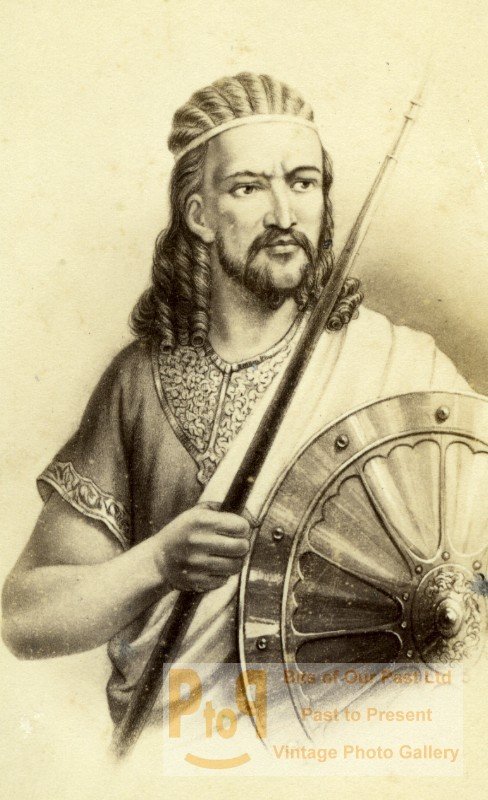
Creates a centralized bureaucracy & judiciary
Places military governors across all provinces
who collect taxes and remit them to the emperor
Maintain independence amid European colonization of Africa
Economic institutions in Ethiopian Empire
Insecure property rights
Emperor owns all the land
No inheritance to children; returned to Emperor upon death
Take away lands every 2-3 years or even many times a year
Economic institutions in Ethiopian Empire (cont.)
Insecure property rights (cont.)
The gult system (lasted until 1974)
50%-75% of produce
No free entry of new businesses
King controls international trade, including the slave trade
Emperor
Gult holders
Peasants
Land & right to extract tributes
Military services
Tributes
Land
Backwardness in Ethiopia
Ethiopia today
Per capita income: 1/40 of England
Life expectancy: 55 years
Literacy rate: 33%
Subsistence agriculture
Lack of clean water, electricity, access to schools & health care

Today's Road Map
Extractive institutions kill incentives to innovate
Spain, Ethiopia
Absolutist rulers block industrialization
Ottoman, Austrian, Russian, Chinese Empires
Lack of political centralization causes backwardness
Somalia
Economic Growth
Winners
&
Losers
Creative destruction
Losers = Powerful
Review 4: Extractive institutions resist innovation
Extractive
Econ. Instit.
to prevent creative destruction
If
Ottoman Empire
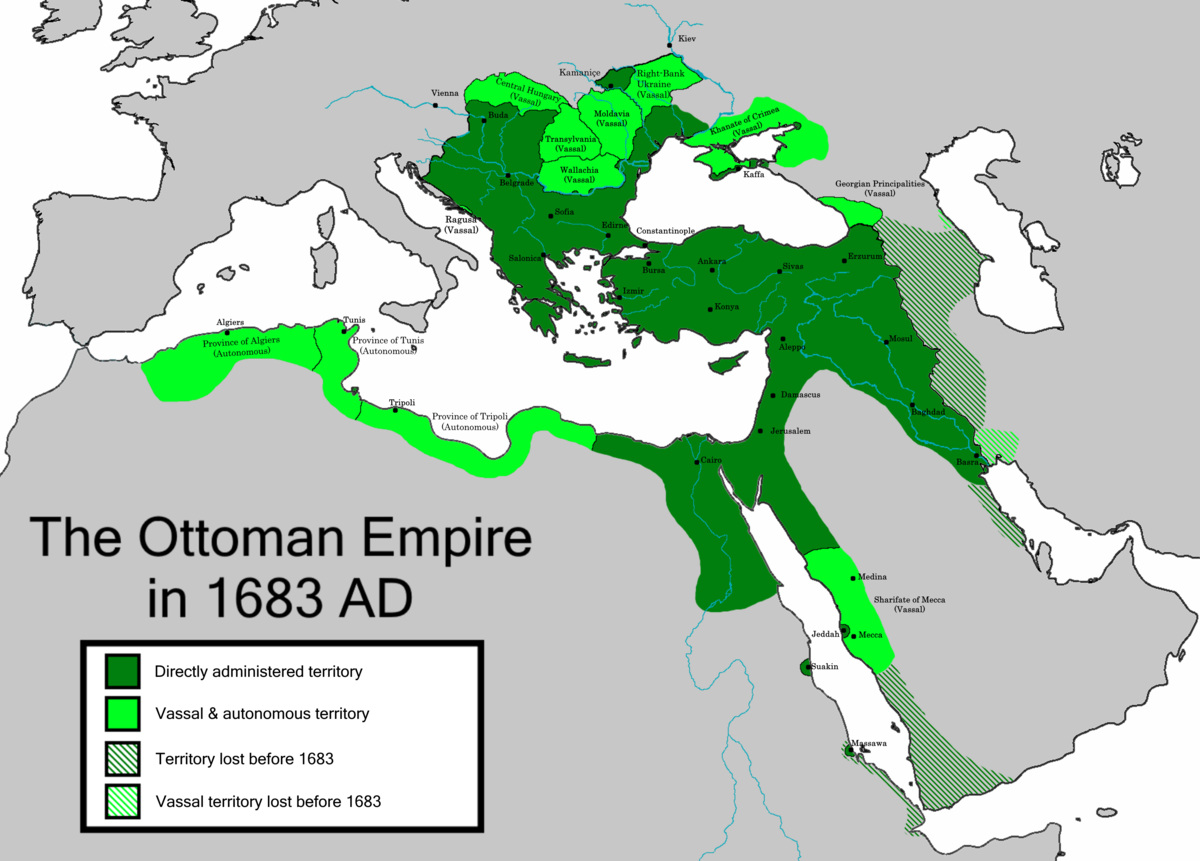
Source: Wikimedia Commons
Political institutions in Ottoman Empire
Absolutist
Sultan does not share power with anyone
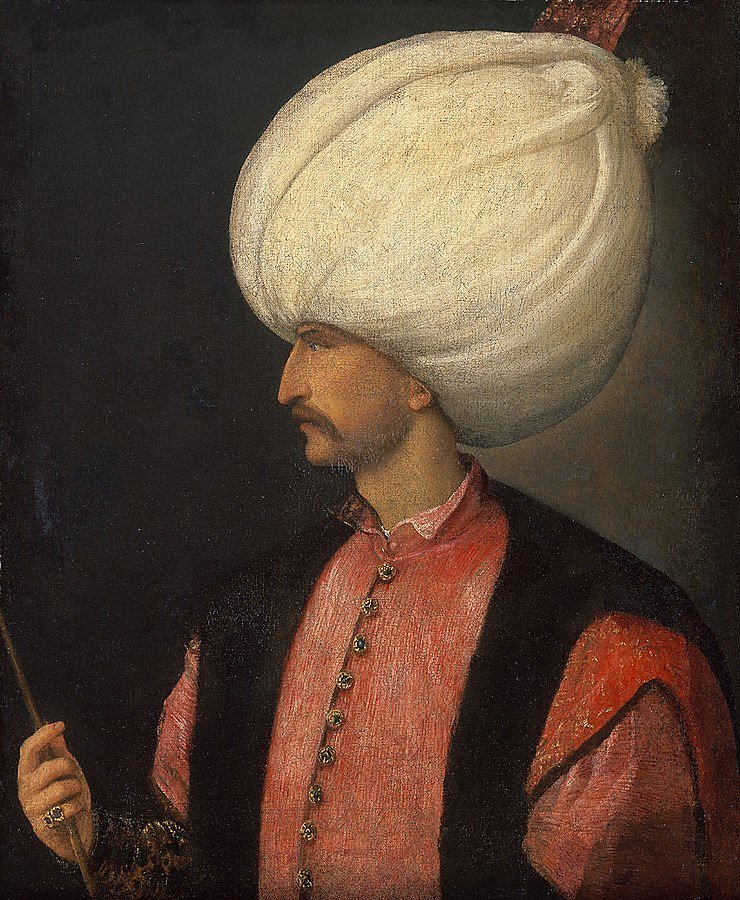
Suleiman the Magnificent (1520-1566)
Lack of centralized state
Constantly challenged by Bedouins and others in Arabic Peninsula
Right to collect taxes: sold off to tax farmers
Economic institutions in Ottoman Empire
Insecure property rights
No private property in land; all land belongs to the state
Banditry
Palestinians left the fertile land & moved up to mountains
to protect themselves from banditry
Very high tax rates imposed by tax farmers
50%-66% of what farmers produce
Economic institutions in Ottoman Empire (cont.)
No free entry of new businesses
Commerce under state control
Guilds and monopolies regulate occupation
Gutenberg printing press: banned until 1727
Invented in 1445
Adopted in Strasburg, Italy, London, Budapest
by 1500
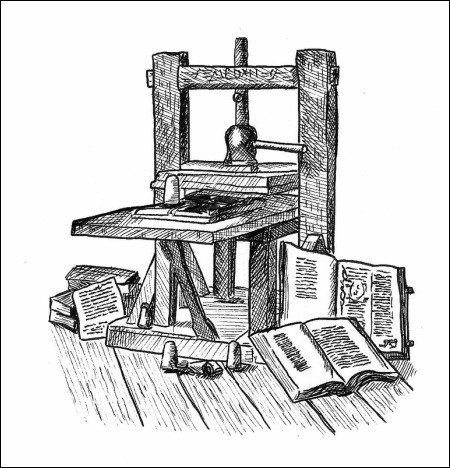
Image source:
Rulers block innovation in Ottoman Empire
Until the 19th century
most books were hand-copied

Page 266 of the Gutenberg Bible,
the first printed book in history,
made in 1450-55
Source: Figure 5-15 of Meggs (2005)
Literacy rate in 1800: 2-3%
60% for men, 40% for women in England
20% in Portugal
Backwardness in Ottoman Empire
cf.
Hapsburg/Austrian Empire (1526-1919)

Austrian Empire in 1815
Source: Wikimedia Commons
Political institutions in Austrian Empire
Absolutist
Centralized state
The emperor has no limitation on his power
No national parliament
Fewer constraints than Spanish monarchs had
Thanks to Maria Theresa (1740-80)
and Joseph II (1780-90)
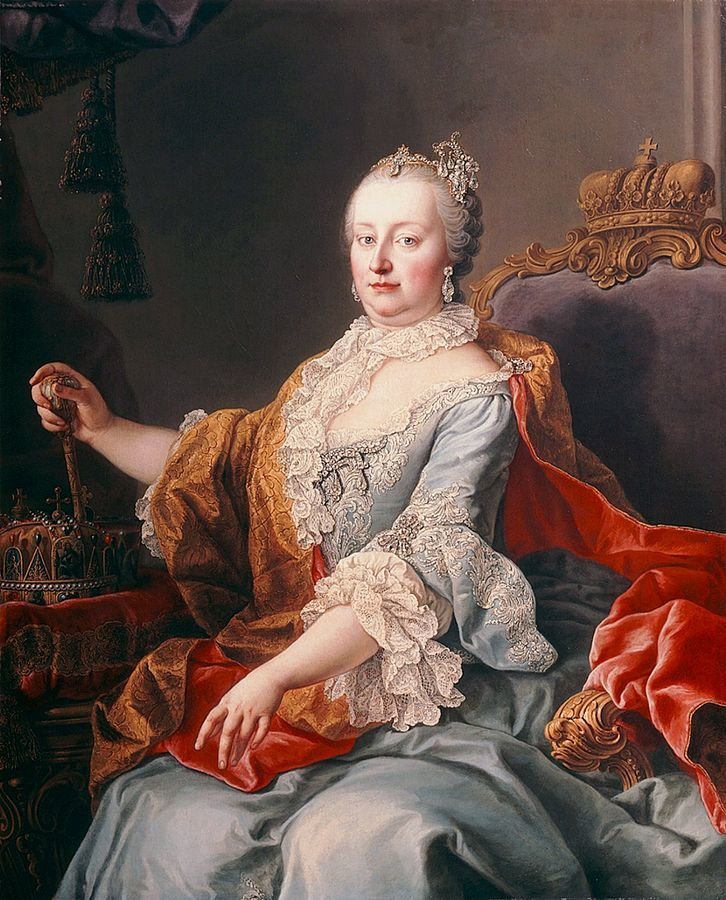
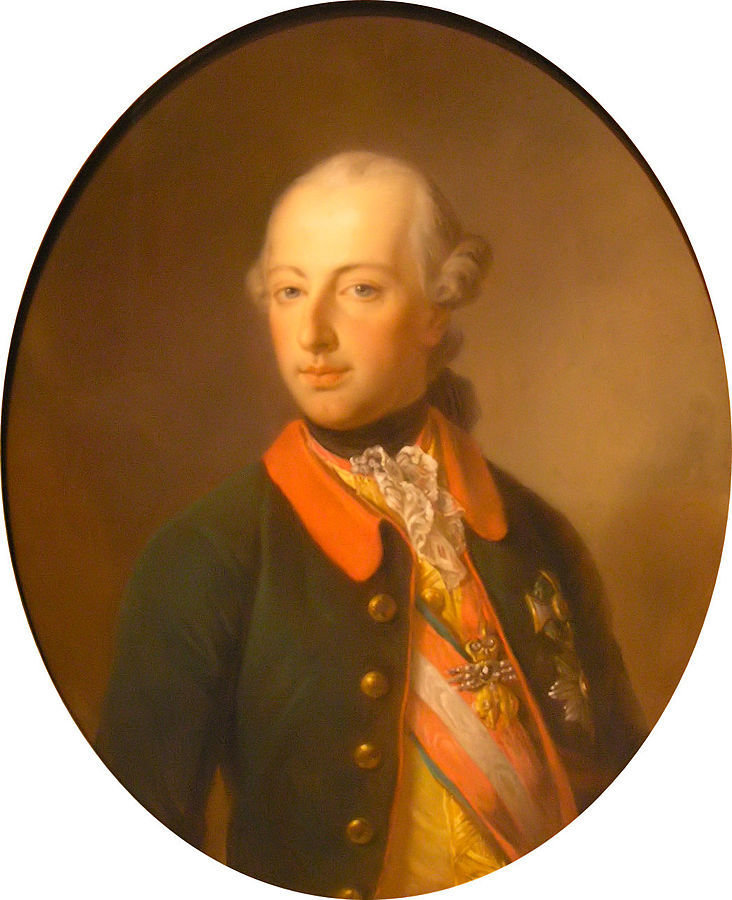
Serfdom
Migration: illegal
Guilds deter new entry in cities
Economic institutions in Austrian Empire
No freedom of occupation
No free entry of new businesses
Lords
Peasants
Unpaid labor
Fines and taxes
Land
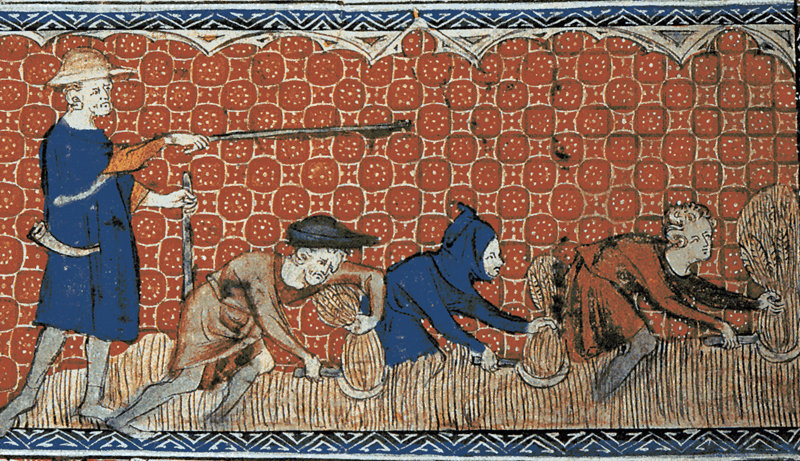
Image source: Wikimedia Commons
Francis I (1804-1835)

New factories: banned in Vienna in 1802
Steam railway construction: banned
Horse-powered railways until 1860s
Rulers block innovation in Austrian Empire
Importing new machinery: banned until 1811
Factories
Poor people
concentrated
in cities
Opposition
to
absolutism
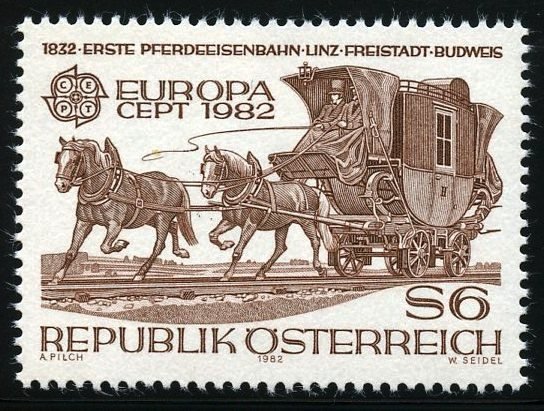
150th anniversary stamp for the first horse-drawn railway in Linz-Freistadt-Budweis
Image source: Charles Cooper's Railway Pages
Backwardness in Austrian Empire
Use of charcoal to manufacture iron until late 19c
When 90% of world iron production used coal
Textile was hand-woven until 1914
Russian Empire (1721-1917)


Russian Empire in 1865
Source: Wikimedia Commons
Political institutions in Russian Empire
Absolutist
Centralized state
Created by Peter the Great (1682-1725)
Stripped away power from aristocrats
Abolished the Duma,
which had appointed Peter as the emperor
Created a modern bureaucracy and army
Took control over the Church
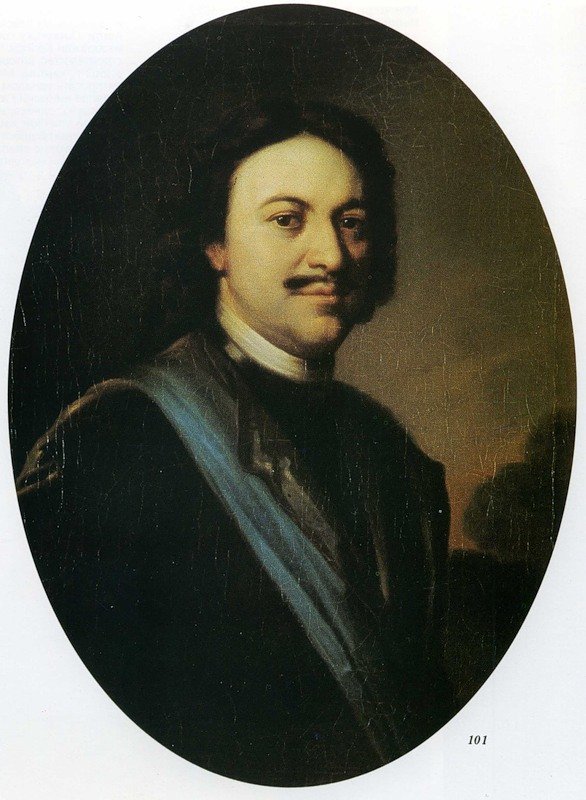
Source: Wikimedia Commons
Half the population tied to land
Work for lords 3 days a week for nothing
Could be sold to another land
Economic institutions in Russian Empire
No freedom of occupation
Serfdom
Lords
Peasants
Unpaid labor
Fines and taxes
Land

Image source: Wikimedia Commons
Nicholas I (1825-1855)

Almost ousted on the day of assuming power
in the Decembrist Revolt of 1825
Actively block industrialization
Industrial exhibitions banned
Factory openings in Moscow: restricted
Railway construction: discouraged
Rulers block innovation in Russian Empire
Railway networks
in 1870
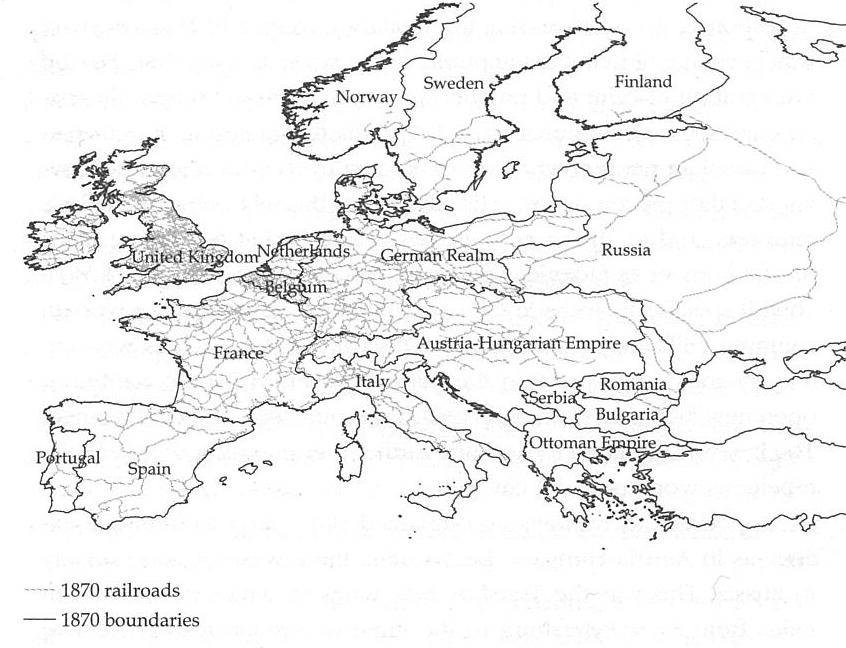
Source: Figure 15.2 of Butlin and Dodgshon (1998)
Image source: Map 13 of Why Nations Fail
Backwardness in Russian (and Austrian) Empire
Song Dynasty in China (960-1279)
Many technological innovations
But not commercialized
clocks
the compass
gunpowder
paper
paper money
porcelain
cast iron
spinning wheel
waterpower
Innovation led by the state
not by market incentives

Source: Wikimedia Commons
Ming Dynasty in China (1368-1644)
Foreign trade banned for 1433-1567 (海禁令)
Qing Dynasty in China (1644-1912)
1661: People on coastal areas: banned from trade
From 1693:
The ban was lifted, then imposed again, lifted, imposed again..
No incentive to invest
Backwardness in Chinese Empires
Couldn't benefit from Industrial Revolution
Became one of the poorest countries by 1949

Today's Road Map
Extractive institutions kill incentives to innovate
Spain, Ethiopia
Absolutist rulers block industrialization
Ottoman, Austrian, Russian, Chinese Empires
Lack of political centralization causes backwardness
Somalia
Somalia
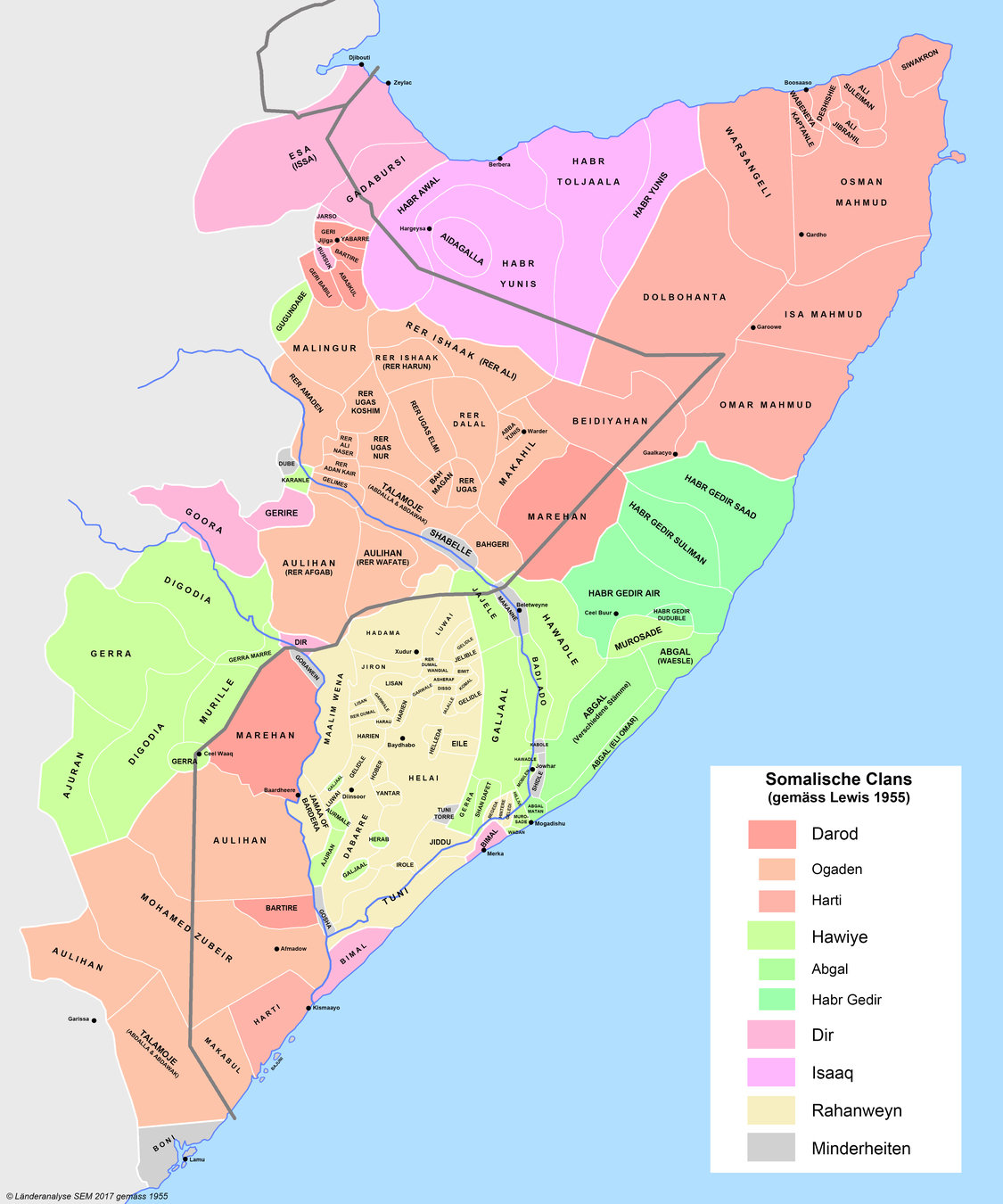
Source: Lewis (1955)
Image source: Staatssekretariats für Migration
Historically dominated by 6 clan families
Every adult man has a say on political decisions
No centralized state
No written laws
No police
No legal system
Political institutions in Somalia
Pluralist
Leaders and elders have no real power
Political institutions in Somalia (cont.)
Each diya-paying group has their own informal laws, heer
A crime against a person
= A crime against his whole diya-paying group
Compensation goes not only to the victim
but also to the whole group members
If a criminal does not pay compensation,
his whole group is responsible
Each clan has several diya-paying groups
Economic institutions in Somalia
Insecure property rights
Continual conflict over water sources & grazing lands
e.g.
Conflict between Tol Ja'lo and Yuunis in 1955
A Yuunis man was wounded after a dispute with a Tol Ja'lo
Yuunis attacked Tol Ja'lo, killing one man
A Tol Ja'lo man killed one man from a Yuunis in retaliation
All-out warfare ensues for a year
British colonial administration brokers a peace deal
Backwardness in Somalia
Somalis had a written script, but they did not use it
Why? A case of the Kingdom of Taqali (19c South Sudan)
Citizens resisted the use of writing
Local elite also opposed to writing
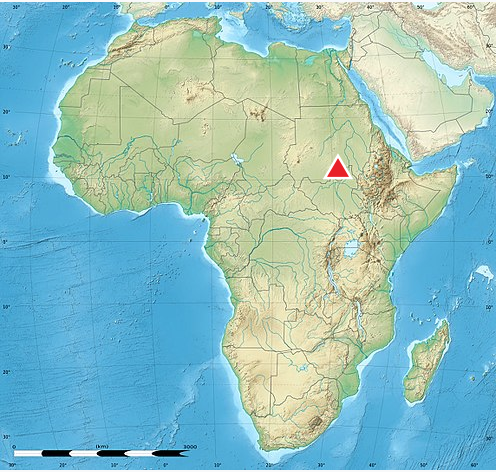
Image source: Wikipedia
Writing in Arabic was not used
Except the king for diplomacy
It would allow the state to claim
the ownership of their lands
Written laws can't be taken back at will
Continuous civil wars since the 1980s to present (see more detail)
Class Discussion Time
Backwardness in Japan
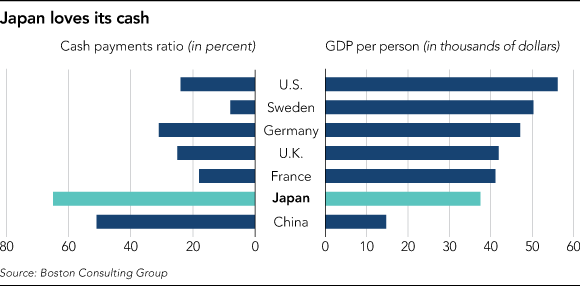
Cash transactions still prevail
Image source: Nikkei Asian Review, January 8, 2018
Backwardness in Japan (cont.)
Mobile internet speed is much slower than Korea and Singapore
Image source: Statistia, August 16, 2018

Backwardness in Japan (cont.)
Top 20 among OECD countries in GDP per capita (2000 constant USD in PPP)
Source: OECD.stat
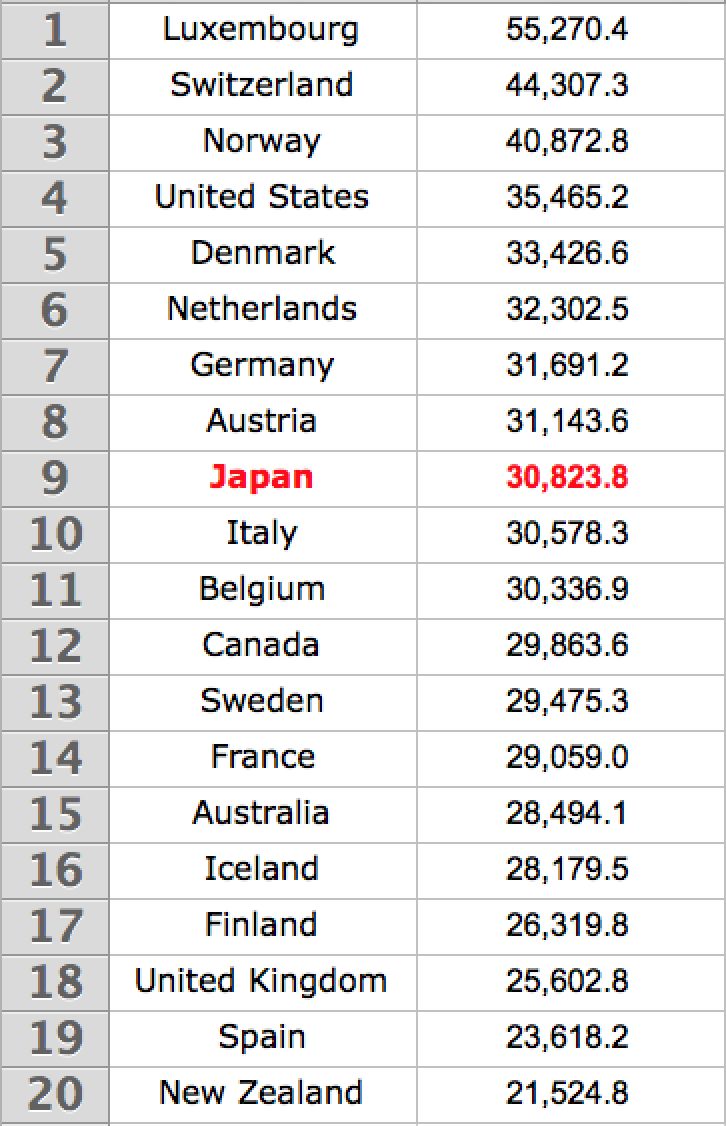
1991
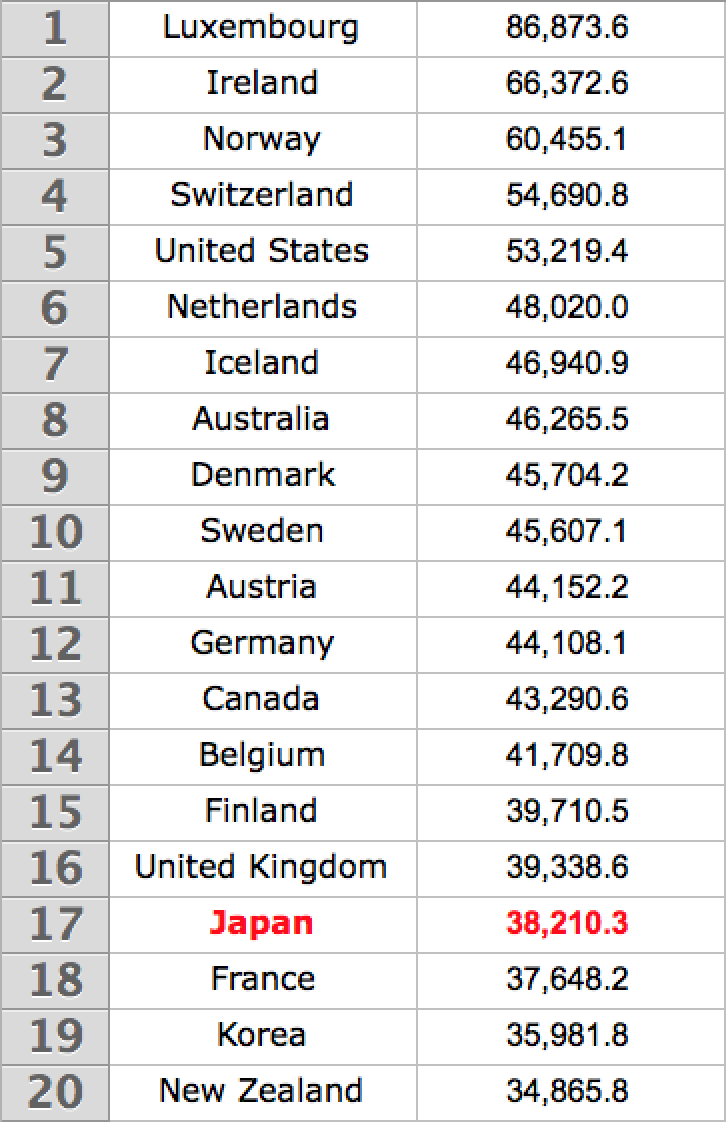
2017
Economic Growth
Winners
&
Losers
Creative destruction
Losers = Powerful
Extractive institutions resist innovation
Extractive
Econ. Instit.
to prevent creative destruction
If
Class Discussion Topic
Can Japan's (relative) backwardness since the 1990s
be explained by the following logic?
October 30
Chapter 4
November 6
Chapter 1
November 13
Chapter 10
United States
vs Mexico
from colonization
to early 20c
Weeks 5-7: Origins of inclusive institutions
Western
vs Eastern Europe
after Black Death
in 14c
Spain vs England
after Rise of Atlantic
Trade in 16c
Australia
French Revolution
and its spread to
Western Europe
Japan vs China
in 19c
Next week
Your to-do list until next class
Pick a country for your term paper
and post it on Prulu (if you haven't)
Read Chapter 4 (pp. 96-101, 105-113) & pp. 208-212
and post questions on Prulu
1
2
3
Start thinking about whether Why Nations Fail explains
economic performances of the country of your choice
Politics through the Lens of Economics (2018): Lecture 4
By Masayuki Kudamatsu
Politics through the Lens of Economics (2018): Lecture 4
- 3,306



